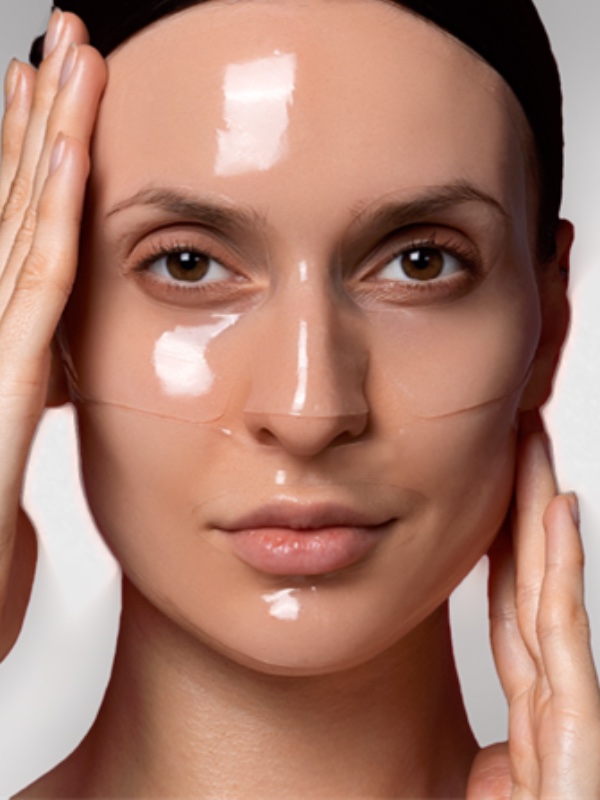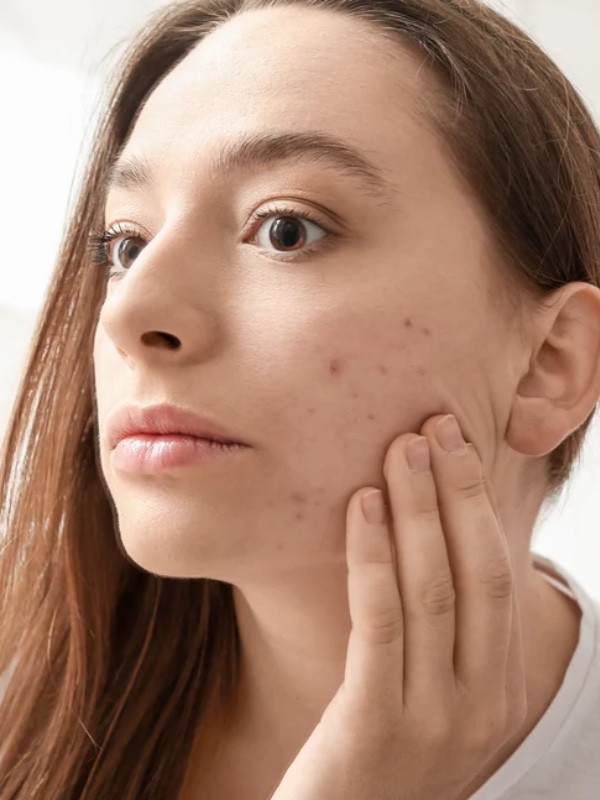Why “K-Beauty” isn’t automatically as great as it seems
Over the past few years, “K-Beauty” has become one of the biggest buzzwords in the skincare industry. Serums, toners, ampoules, and sheet masks from South Korea have flooded Western markets, often promoted as smarter, softer, and more effective than traditional European products.
But here’s the truth: saying “Korean skincare is good” is far too general — and often misleading.
1. There are around 4,500 Korean Cosmetic Manufacturers
According to data from Korea’s Ministry of Food and Drug Safety (MFDS), more than 4,500 cosmetic manufacturers are registered in South Korea — and that number keeps growing.
That’s a huge industry. But with so many factories, quality and formulation standards vary widely. Some are exceptional, innovative labs with advanced research teams. Others simply produce basic, low-cost products for export under “white label” names.
So, when someone says “K-Beauty is amazing,” they’re essentially grouping together thousands of companies of wildly different standards — a bit like saying “all French wine is good.” Some bottles are masterpieces; others are cheap table wine.
2. “K-Beauty” isn’t a brand — It’s a Country of Manufacture!
European products often come from specific, regulated brands with traceable manufacturing standards, GMP certification, and proven clinical testing.
By contrast, many “K-Beauty” products that reach Western markets are private label or OEM products — meaning they’re made by one of those thousands of factories, then rebranded for sale overseas.
This makes it nearly impossible for consumers to know who actually produced their skincare, or whether the formulation meets the same quality benchmarks used by top European laboratories.
3. Regulations differ from Europe
Europe’s Cosmetics Regulation (EC) No. 1223/2009 is one of the strictest in the world. Every product sold within the EU must undergo:
- A safety assessment by a qualified toxicologist
- Product stability testing
- Responsible person registration
- Clear labelling, ingredient, and claim control
South Korea has strong cosmetic laws too, but its system isn’t identical. For example, the EU places tighter controls on active ingredient percentages and requires more formal clinical substantiation for claims like “anti-ageing” or “reduces wrinkles.”
In other words, European skincare tends to lean on measurable scientific evidence, while many Korean brands focus more on trends, texture, and user experience.
4. The 10-Step Routine Problem — What we see in the Clinic
The famous Korean 10-step routine sounds indulgent — double cleansing, essence, ampoule, toner, serum, emulsion, eye cream, moisturiser, mask, sunscreen — but more isn’t always better.
In fact, at Skinportant Clinic, we’ve personally observed a pattern of impaired barrier function in clients who rely heavily on multi-layer Korean skincare routines.
Their skin often appears shiny but dehydrated underneath — a result of:
- Over-layering of products that trap moisture but also congestion
- Constant switching between trendy new products, disrupting the microbiome
- Harsh exfoliating acids or enzymes combined with too many hydrating layers
- Occlusive or silicone-heavy formulas that can block the skin’s natural renewal process
We often find these clients experience:
- Clogged pores
- Congested texture
- Sensitised or reddened skin
- Flaky patches beneath a glossy surface
In short, the “glass skin” ideal might look healthy, but the skin beneath is often compromised, struggling to breathe and repair itself properly.
5. Generalising “K-Beauty” is misleading
The idea that all Korean skincare is “better” than European products is a marketing oversimplification. There are outstanding Korean brands — and there are poor ones. The same is true in France, Italy, or the UK.
But assuming quality based purely on origin is risky. It’s always better to look at:
- Ingredient transparency
- Clinical data
- Formulation stability
- Brand credibility
- Manufacturing certification
Final thought
K-Beauty has absolutely influenced the global industry in positive ways — with new ideas about hydration, prevention, and gentle care. But it’s important to stay realistic: not all Korean skincare is created equal, and being “Made in Korea” doesn’t automatically make it better.
As with any skincare, what matters most is who made it, how it’s formulated, and whether it suits your skin’s real needs — not the country on the label.



